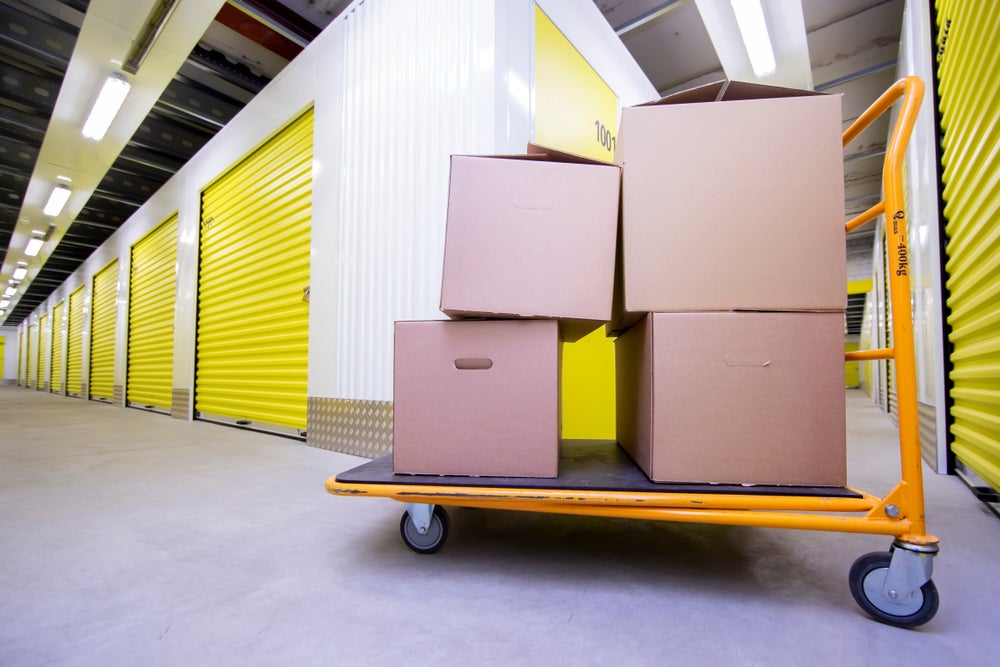
In our modern world, with approximately 7 billion human beings, packaging surrounds us in various forms. Whether we realise it or not, packaging plays a crucial role in our lives, influencing how products reach us and impacting our economy.
You might not think much about packaging unless you work in industries like packaging conversion, supply chains, or retail. However, packaging is essential for maintaining the Gross Domestic Product (GDP) of a country.
It allows products to move seamlessly from source to manufacturer to retailer to consumer, enabling commerce and trade. Without proper packaging, the value of a country’s GDP would significantly decrease.
The multi-faceted role of packaging
Packaging has evolved far beyond its primary function of storage to contain and protect products. It now serves as a means of communication, promotion, and transaction.
Today’s packaging is strategically designed to influence consumers’ perception of a product and affect their buying behaviour positively. This multi-faceted role of packaging has taken more than 150 years to develop, closely intertwining with cultural and consumer behavioural changes.
Mapping the evolution of packaging beyond storage
To understand the evolution of packaging, researchers have divided history into six key time periods and analysed the technological innovations that emerged in each era.
These periods shed light on how packaging adapted to societal and cultural changes.
1. 1860s, 1870s, 1880s: the era of dual use packaging
During this time, the second wave of the industrial revolution created a surge in trade. Packaging, however, was limited to storage for high-value items like jewellery, premium foods, and gift items due to expensive materials and laborious processes.
Dual use packaging emerged as a solution to command higher prices and showcase manufacturing quality by serving a function even after the product’s use.
2. 1890s, 1900s, 1910s: building brand identity
With increasing trade came the challenge of counterfeit products, posing a threat to original manufacturers. To combat this, manufacturers began marking their products with unique identifications.
Packaging played a crucial role in establishing brand identity and differentiation, offering innovative ways to connect with consumers.
3. 1920s, 1930s, 1940s: the era of “silent salesman”
The great depression brought about significant changes in distribution and consumption patterns.
The rise of supermarkets shifted the responsibility of making a purchase choice to consumers. As retailers’ influence waned, product packaging took on the role of a “silent salesman,” differentiating products and influencing purchase decisions.
4. 1950s, 1960s, 1970s: convenience as the motivation
Post-World War II, consumer markets flourished with innovations in aluminium and plastics. These materials offered shinier, sturdier, and more modern packaging solutions at a lower cost than traditional materials.
Plastics and metal cans gained dominance in consumer packaging, while paper and glass were relegated to storage for specific high-value products.
5. 1980s, 1990s, 2000s: the rise of digital
Advancements in computing and printing technologies marked this era. Digital printing and innovative transactional capabilities allowed for rapid business scaling.
Plastic packaging became widespread, leading to a use-and-throw behaviour, resulting in non-decomposable waste. Stricter environmental regulations influenced package design, emphasising sustainability and waste reduction.
Embracing digital experiences
Packaging continues to evolve with the rise of digital technologies, such as RFID, augmented reality, and biosensors.
The integration of these technologies promises to create engaging experiences for consumers, making product packaging an emotional selling point beyond just storage.
As we move forward, finding sustainable solutions remains a top priority, not only for financial benefits but also to foster an emotional connection with consumers and empower them to feel good about their choices.



